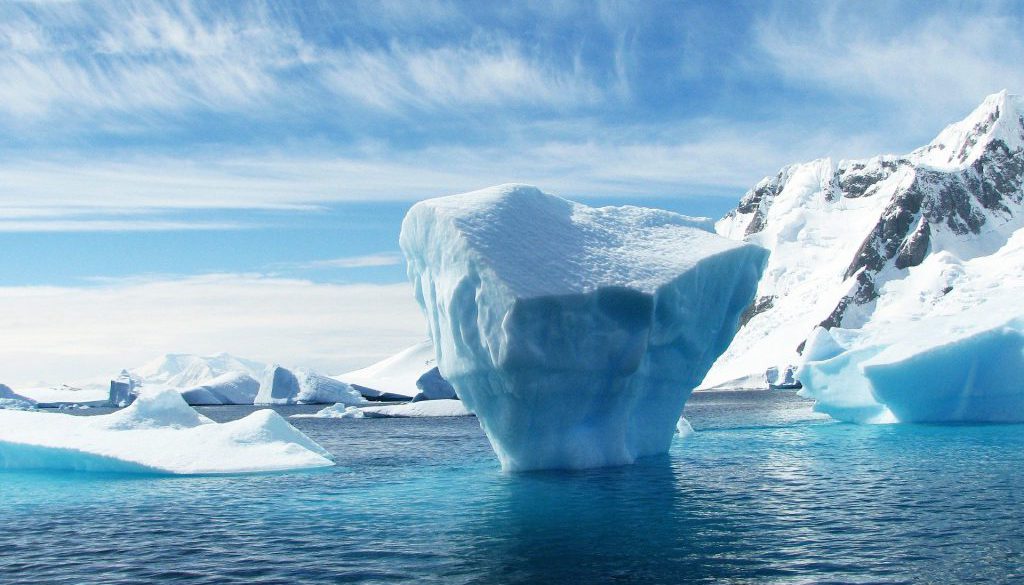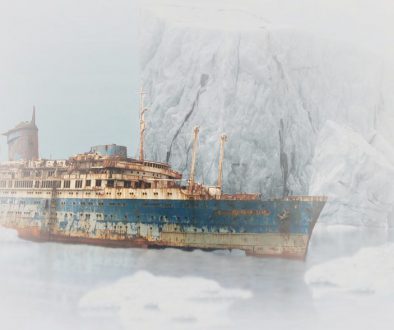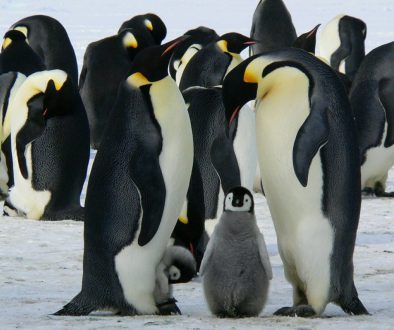Earth is filled with life and lots of wonders. It supports the survival of human beings, animals, plants, and other living and even non-living organisms. On Earth, there are continents named uniquely for their certain characteristics and origins. One of those is Antarctica. Have you heard about this before? We’re sure you do. As early as primary school, Earth’s continents are already discussed in schools. But what about the one who owns it? Does anyone know anything about who really owns Antarctica? Or wait! Is it owned by a man?
Given these questions, let’s search for the answers through this article. So, better relax and continue discovering the truth.
Antarctica is owned by no man but by an international government through the Antarctic Treaty System.
The Antarctic Treaty System was signed by 12 countries in 1959 that are surrounding the continent, as well as those who have scientists living in their country. The Treaty’s negotiation stemmed only from a successful International Geophysical Year from 1957 to 1958.
The original Antarctic Treaty signatories include the following countries with territorial claims:
- Australian
- Argentina
- France
- Chile
- New Zealand
- United Kingdom
- Norway
In 1961, the Antarctic Treaty entered force. This was the result after the nations have agreed with one another.
Now, let us discuss the Antarctic Treaty System for us to have an in-depth understanding of how it was formed and its factors.
What is the Antarctic Treaty System?
This system refers to the agreements that legally binds and purpose-built for the unique environmental, political, and geographical characteristics of Antarctica that formed the region’s robust international governance framework. Here, several legal obligations must be applied to all the signatory countries to the agreement. Also, the Antarctic Treaty System is defined as the global achievement and hallmark of 50 years of international cooperation of countries around the world.
One of the signatory parties that signed the Antarctic Treaty was Australia. Along with the remaining 11 countries, Australia acceded to this Treaty and was signed in 1959. The countries that show interest in Antarctica are then called the Parties to the Antarctic Treaty. This permitted them to attend annual meetings at the (ATCM) Antarctic Treaty Consultative Meeting. This is done every time by collaborating with the Committee for Environmental Protection. The very first ATCM was held in Australia in July 1961 at Canberra. It was also followed later in Hobart back in 2012, wherein ATCM was already in its 35th.
Another thing, the Antarctic Treaty ensures that governance principles of the region are being upheld that includes the following:
- Non-militarization of the Southern Ocean and Antarctica
- Exchange of scientific findings
- Freedom to scientific investigations
- Accommodation of Parties’ positions on concerns of sovereignty
The Antarctic Treaty’s Protocol on Environmental Protections interprets that there is a protection given to Antarctica being considered as a natural reserve and is devoted to science and peace. Under this protocol, oil drilling, mining, mineral resource exploration, and other environmental bad doings are banned indefinitely. There must also be a fundamental consideration when planning and conducting any activity on the icy surface land of Antarctica. Another thing, this protocol provides an effective exchange of information, as well as an inspection system.
Moreover, Australia is an original party hosted by Hobart in its headquarters as it belonged to the Convention on the Conservation of Antarctic Marine Living Resources, as well as meetings with the Commission and Scientific Committee. The main objective of this convention is to help conserve the marine living resources in the Antarctic where rationally, the definition of conservation is used. The convention also is the very first agreement to be applied on an ecosystem approach to the marine living resources’ conservation.
Closely, Australia works hard with other Antarctic Treaty fellow parties just to ensure that there is effective governance in the region, the proper undertaking of vital scientific researches, as well as to protect and conserve the unique environment of this continent.
Besides, Australia possesses a longstanding and strong interest in Antarctica, protected by this treaty system. It maintains the freedom of Antarctica from any political or strategic confrontation, protects the unique living environment, and to safeguard the sovereignty over the Australian Antarctic Territory.
Let us proceed to the importance of this Treaty and to why it shouldn’t be missed.
Importance of the Antarctic Treaty System
The Antarctic Treaty System is further defined as the entire multifaceted arrangements developed to regulate the state relations in the Antarctic. The core of this Treaty is the Antarctic Treaty itself. Here, 12 participative nations became active ever since, especially during the start in 1958.
Now, the primary purpose and reason why this Treaty is important are that it helps to ensure that Antarctica will remain to be peaceful forever against the unending wants of mankind. Also, it seeks to protect anyone from engaging in the object or scene of international discord. Here, it prohibits any activity of the military except full support in science-related concerns. It also prohibits any nuclear waste disposal and nuclear explosions themselves. Instead, the Treaty promotes the exchange of data, scientific researches and holds any territorial claims in abeyance. Lastly, it is applied to the 600 South Latitude that includes all islands and ice shelves.
Moreover, this Treaty was augmented by the adoption of Recommendations at the Consultative Meetings done in Madrid in 1991 by the Protocol on Environmental Protection to the Antarctic Treaty. There are also following yet separated convention dealings with the Canberra’s Conservation of Antarctic Marine Living Resources in 1980 and the 1972 London’s Conservation of Antarctic Seals.
SCATS or the SCAR’s Standing Committee on the Antarctic Treaty System is assigned to coordinate the advice presented to the meetings. It is mainly done by presenting papers during the meeting. The papers then are coordinated by SCATS that involve various scientists helping the world convey any up-to-date or recent research statuses.
Now that you are already aware of who is the owner of Antarctica, may you have more learning to widen your day-to-day perspective?


